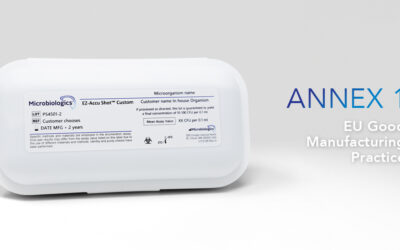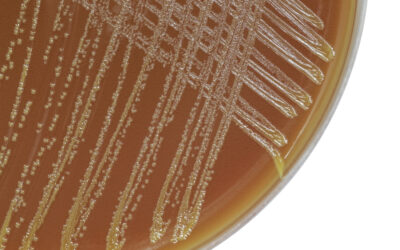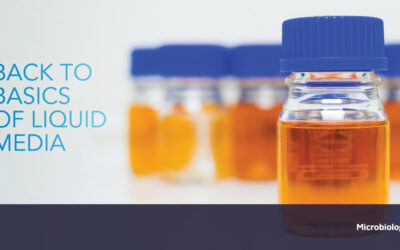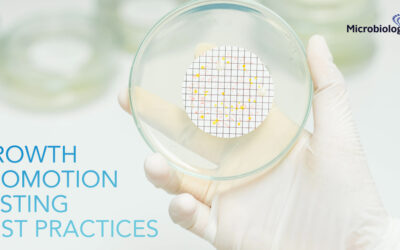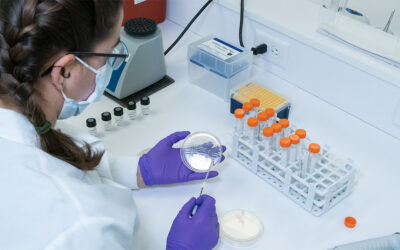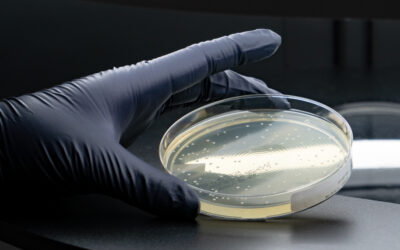PHARMACEUTICAL
PHARMACEUTICAL MICROBIOLOGY
Read articles about pharmaceutical microbiology from Microbiologics’ experts and other field experts.
Ensuring Biopharmaceutical Safety: Integrating Viral Safety and Mycoplasma Testing
Adventitious agent testing is critical to ensure patient safety and maintain product integrity. Biopharmaceuticals, often derived from living cells, are susceptible to contamination by viruses and mycoplasmas, which can be introduced during cell culture, raw material...
QC Compliance and Environmental Isolates
Why are many laboratories incorporating Environmental (a.k.a. In-House) Isolates in their Quality Control testing? There has been a shift in the industry regarding the inclusion of environmental isolates as test strains utilized for microbiological assays. Omission of...
Antibiotic Resistant Gonorrhea–An Ongoing Big Problem
At any given time, one in five people in the US has a sexually transmitted infection (STI), translating to more than 60 million infections per year.1 These infections cost billions in healthcare expenses each year. Even more alarming, over 40% of all new STIs in this...
A New Multidrug-Resistant Fungus Emerges
We take it for granted that in the age of antibiotics there will always be a drug available to treat an infection. But reports of outbreaks of a pan-resistant fungal disease known as Candida auris– that is resistant to every antifungal medication physicians have to...
Why Is Tuberculosis Still a Problem?
The bacterial pathogen Mycobacterium tuberculosis (Mtb) has plagued humans for probably 70,000 years and remains a global threat to this day.1, 2 In 1882, Robert Koch recognized Mtb as the causative agent of tuberculosis (TB), but it took decades for the first...
Back to Basics: Best Practices for Growth in Liquid Media
Microbial culture media is used in many industries to grow, enumerate, and identify microorganisms. Media comes in three different forms: solid, liquid, and semi-solid. The media form used depends on the regulation you are following, the goal of your assay, and the...
De-complicating Incoming Inspection of Ready-to-Use Cultures
When you receive a shipment of ready-to-use cultures, ensuring their suitability for use in your laboratory doesn’t have to be challenging! In this blog we’ll go over what to check and how to test for success. According to USP <1117>, "Ready-to-use cultures...
Back to Basics Best Practices for Plating Techniques used with Growth Promotion Testing
When performing Growth Promotion on new batches of media, one of three plating techniques can be used: Spread Plate, Pour Plate, or Membrane Filtration. Each method aids in enumeration of the cells in the inoculum, but each is different in technique. Below we offer...
Preparing for an Audit with Environmental Monitoring Processes
It’s the laboratory event no one looks forward to: an audit. Undergoing an audit doesn’t have to be scary, however. After all, you’ve got the basics down, like media storage and proper documentation for your samples. You also know what organisms you are going to...
Who Cares About Growth Promotion Testing?
Growth Promotion Testing (GPT) is so foundational to Microbiological product safety that it can be easy to overlook. Most industrial microbiologists understand the importance of GPT, but this critical test is sometimes performed incompletely and inconsistently. A...


